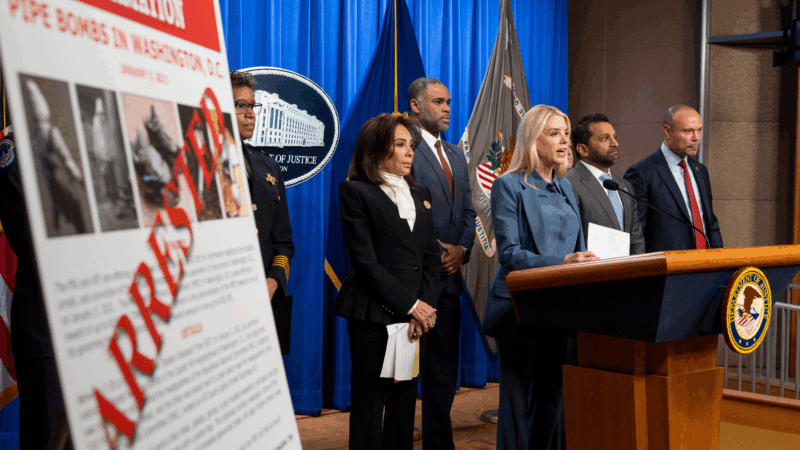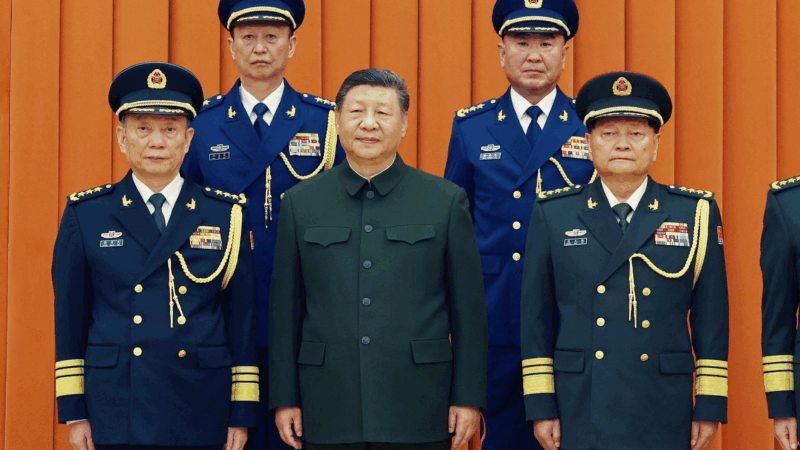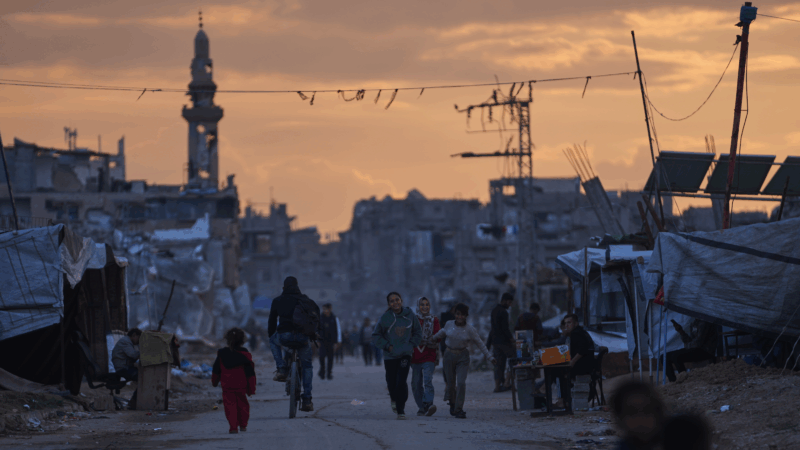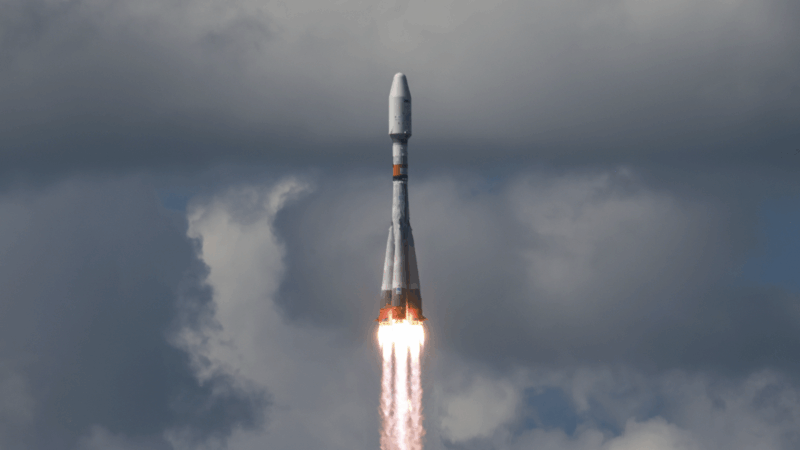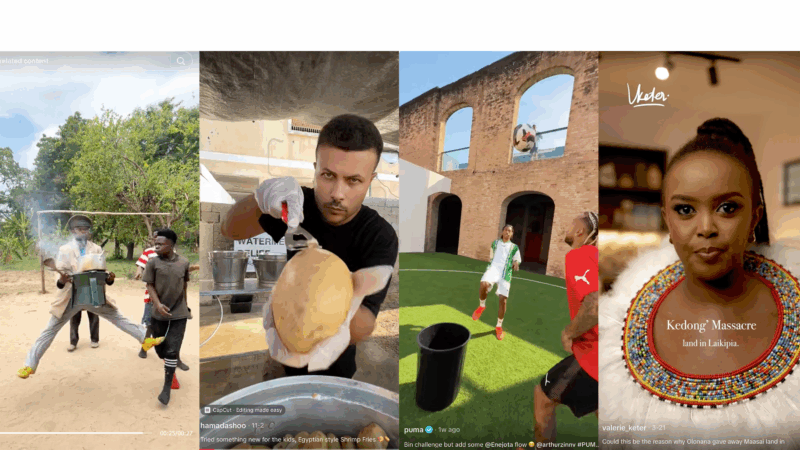Live, die, repeat: Bong Joon Ho offers a farcical vision of the future in ‘Mickey 17’
There’s long been a current of topical anger running through the work of the brilliant South Korean filmmaker Bong Joon Ho. Parasite was a domestic thriller and an indictment of economic inequality. The Host was a terrific monster movie with much to say about environmental decay and government inaction. And then there are Bong’s Hollywood movies, like Snowpiercer, which took on class rage and climate change, and Okja, which paints such a grim picture of industrialized meat production that, reportedly, many of its viewers went vegetarian.
Now comes Bong’s new movie, Mickey 17, an outlandish, otherworldly farce that also paints in broadly satirical strokes. The movie, adapted from a novel by Edward Ashton, begins in the year 2054, on a faraway planet called Niflheim, where a human colony is being established. Robert Pattinson plays Mickey Barnes, a good-natured screw-up who’s been hired as an Expendable — a human guinea pig.
Mickey’s job is to repeatedly die and live again, to ensure that Niflheim is safe for human habitation. And so he’s exposed to radiation, viruses and toxins, leading to painful and protracted deaths. His body is dumped in the incinerator, and then, through the wonders of human-printing technology, a whole new Mickey is regenerated and implanted with all his past memories. Live, die, repeat: That’s all Mickey knows anymore.
Why would anyone sign up for such a grueling ordeal? It’s complicated. Let’s just say that Mickey owes someone back on Earth a lot of money, and he decided it’d be best to flee the planet and die multiple reversible deaths rather than a single, permanent one.
As the movie opens, 16 previous Mickeys have already bitten the dust, and so it’s Mickey 17 who introduces us to Niflheim, a planet covered by ice and snow. During a dangerous scouting mission, a colleague, Jennifer, is killed; Mickey, ironically, survives. Later, back at their compound, another colleague, played by Anamaria Vartolomei, asks Mickey what dying is like. He responds: “It’s terrible, dying. I hate it. No matter how many times I go through it, it’s scary, still. Always. Every time.”
While you could see the premise as a metaphor for human cloning, Bong is less concerned with ethical implications than narrative possibilities. He surrounds Mickey with supporting characters who underscore his weird existential loneliness. Steven Yeun pops up as a backstabbing friend who treats Mickey like garbage. Mickey does have a loving and supportive girlfriend — a very good Naomi Ackie — who’s happy to be with him, or any version of him.
As we eventually learn, the Mickeys are not all strictly identical, and Pattinson has fun underscoring the differences; while most of the Mickeys are lovable goofballs, at least one turns out to be dangerously unhinged. Pattinson has always been an adventurous actor, and this is one of his most inventive performances, marked by a Gumby-like physicality, a Steve Buscemi edge to his voice and a deep core of melancholy.
The subtler depths of Pattinson’s performance aren’t always matched elsewhere in Mickey 17, not that subtlety is really the goal here. Bong is a giddy maximalist among genre filmmakers. He embraces high drama, low comedy and sudden bursts of violence, and he likes to juggle a lot of moving parts. His talents are formidable, but they aren’t always well served by the shift to a big Hollywood canvas.
Like Snowpiercer and Okja before it, Mickey 17 can be a bustling, unwieldy contraption of a movie. It has not one but two over-the-top villains: the tyrannical leader of the Niflheim colony, played by Mark Ruffalo, and his diabolical wife, played by Toni Collette. They have fun leering and sneering up a storm, and Ruffalo’s mannered vocal delivery makes it clear that he’s lampooning a certain U.S. president. Some of this satire does land, but it also wears awfully thin.
Even so, Bong is one of the few filmmakers who can work at this scale, with elaborate production design and intricate visual effects, and still retain his artistic signature. Some of the most memorable characters in Mickey 17 are the native inhabitants of Niflheim, which look like giant white roly-poly bugs with armadillo-like shells. They’re creepy at first glance, and it’s no surprise that the human characters, short-sighted colonizers that they are, are bent on wiping them out. Leave it to Bong to flip the equation: He gives each of these slimy CGI critters a soul. It’s a rare action filmmaker who can make you say “aww” instead of “yuck.” Even amid multiple Mickeys, Bong’s talent remains one of a kind.
Pipe bomb suspect told FBI he targeted U.S. political parties, memo says
The man accused of placing two pipe bombs in Washington on the eve of Jan. 6, 2021 told investigators someone needed to "speak up" for people who believed the 2020 election was stolen, prosecutors said Sunday.
Chinese military stages drills around Taiwan to warn ‘external forces’
The drills came after Beijing expressed anger at U.S. arms sales, and a statement by Japan's prime minister saying its military could get involved if China were to take action against Taiwan.
Trump and Netanyahu to meet in Florida at a crucial moment for the Gaza ceasefire
President Trump could use the face-to-face at his Mar-a-Lago estate to look for ways to speed up the peace process, as Israel's leader has been accused of not pushing his side to move fast enough.
‘Bomb cyclone’ forecasted to bring heavy snow, blizzard conditions and dangerous travel
A 'bomb cyclone' is intensifying severe winter weather for millions of people across the U.S. The system is expected to knock out power and disrupt holiday travel.
Russia sends 3 Iranian satellites into orbit, report says
The report said that a Russian rocket sent the satellites on Sunday from a launchpad in eastern Russia.
Viral global TikToks: A twist on soccer, Tanzania’s Charlie Chaplin, hope in Gaza
TikToks are everywhere (well, except countries like Australia and India, where they've been banned.) We talk to the creators of some of the year's most popular reels from the Global South.


